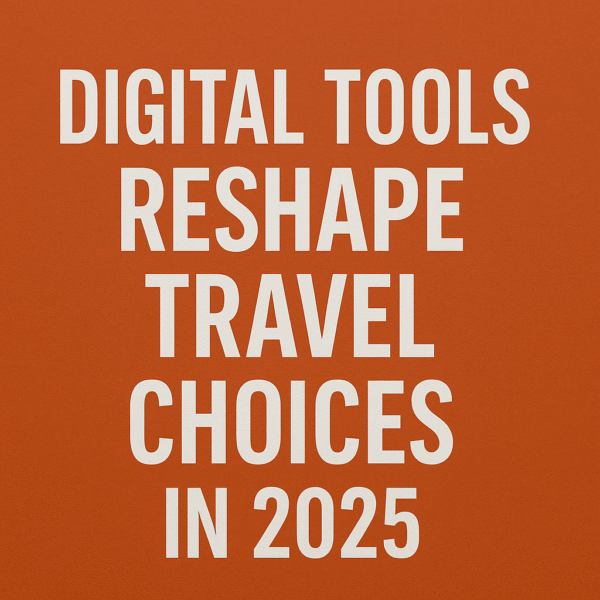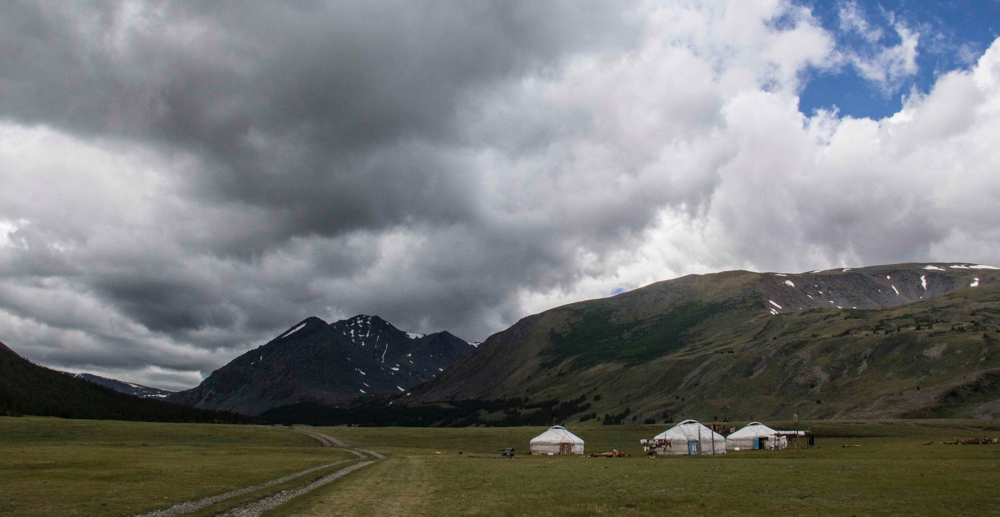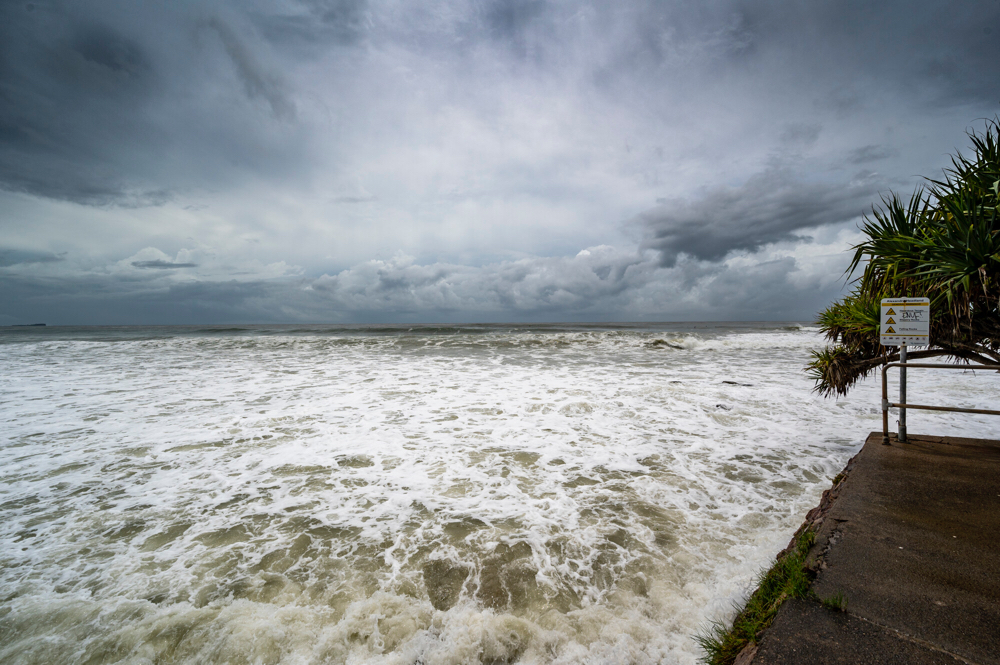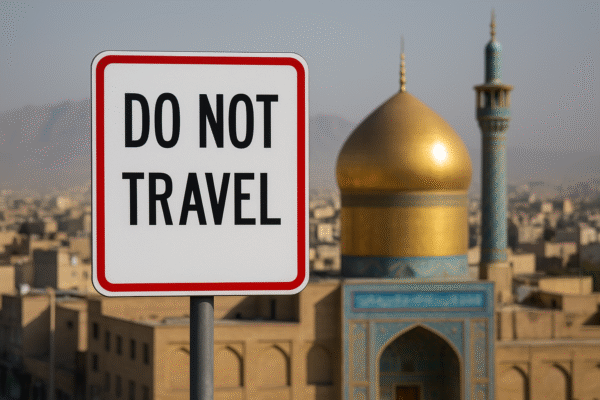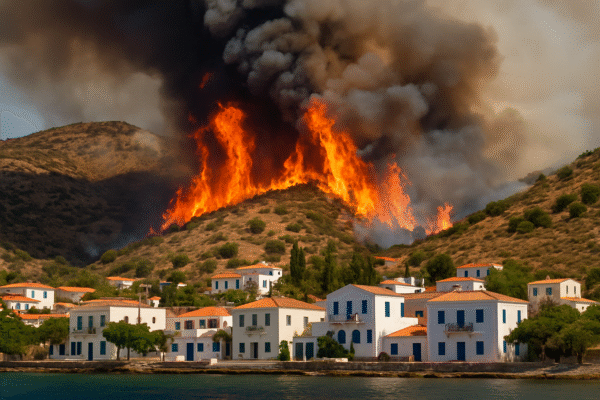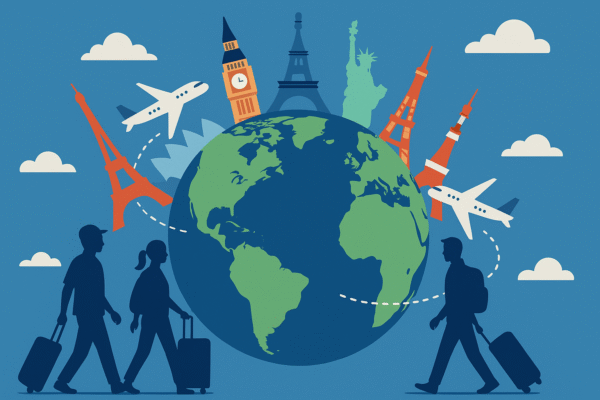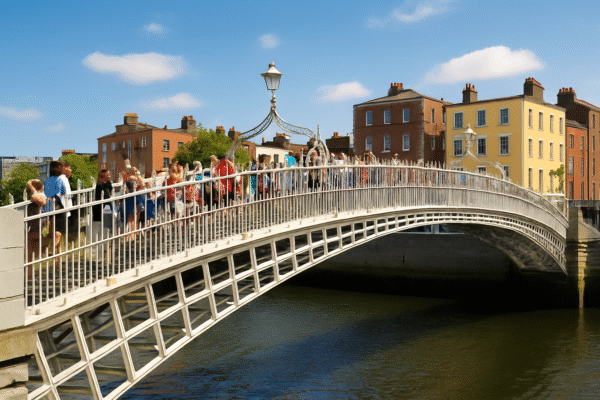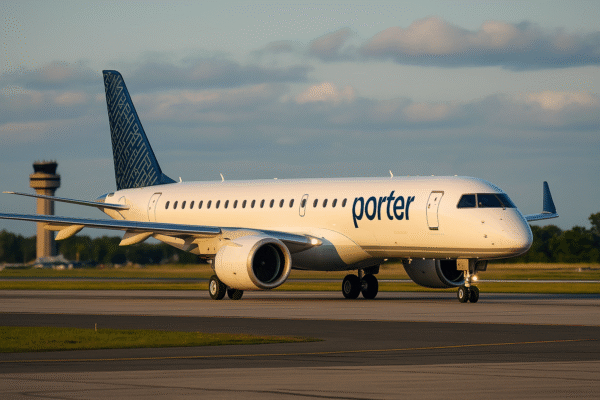Boise, Idaho — The summer of 2025 is revealing an unexpected challenge for the U.S. travel industry, as popular destinations such as Idaho, Nevada, Texas, California, Hawai‘i, and South Carolina are reporting declining hotel occupancy and fewer visitor arrivals. The slowdown signals a shift in travel behavior, driven by rising costs, unpredictable weather, and evolving vacation trends, leaving many states facing economic uncertainty during what is traditionally their busiest season.
Nationwide Tourism Slump
The downturn is not isolated to one region but is now a nationwide trend, with multiple states seeing reduced hotel occupancy and visitor activity. In July, many travel hubs reported disappointing performance, suggesting that summer travel in 2025 is falling short of expectations.
Higher airfare, inflation, and a more competitive global travel market are leading travelers to reconsider traditional summer destinations. Analysts point out that the combination of increased supply, economic caution, and shifting consumer habits has created a challenging environment for the hospitality sector across the country.
Idaho’s Decline in Sun Valley
In Idaho, the iconic Sun Valley region, a favorite retreat for summer vacationers, is feeling the pressure. Data shows occupancy levels dipped nearly 4% compared to last summer, even as average daily rates increased by more than 8%.
While some mountain towns in the West have reduced rates to stimulate demand, Sun Valley maintained its pricing strategy, resulting in fewer bookings despite hosting major events such as the Allen & Co. conference. This scenario highlights the difficult balance between protecting pricing and sustaining occupancy in a slowing market.
Still, Idaho continues to offer breathtaking attractions — from hiking in the Sawtooth Mountains to exploring the Snake River. Yet industry leaders say adapting pricing strategies may be necessary to restore momentum as competition for travelers intensifies.
Idaho’s Tourism Gems
- Boise – A vibrant city with the Boise River Greenbelt, cultural museums, and a thriving downtown.
- Coeur d’Alene – Scenic lake cruises, Tubbs Hill hiking, and championship golf.
- Idaho Falls – Gateway to Yellowstone, with a riverwalk and family-friendly attractions.
- Shoshone Falls – Known as the “Niagara of the West,” offering spectacular views.
- Salmon River – Whitewater rafting adventures through rugged Idaho wilderness.
Nevada: Las Vegas Weakens
In Nevada, Las Vegas saw one of the sharpest drops in performance, with occupancy plunging nearly 17% year-over-year during early July. Average daily rates fell over 14%, and revenue per available room dropped almost 29%. The city’s dependence on conventions, events, and gaming tourism made it especially vulnerable to reduced demand.
Economic uncertainty, changes in consumer spending, and increased hotel supply contributed to the sharp downturn. While major events continue to draw crowds, the overall slowdown is a warning sign for Nevada’s tourism-reliant economy.
Texas: Urban Hotels Struggle
Texas is also experiencing pressure, especially in metropolitan areas like Houston, where hotel occupancy fell by 20% year-over-year in July. Declines in corporate travel and large group bookings, combined with intense hotel competition, have driven rates down by about 11%.
Cities like Austin and Dallas performed slightly better, but across the state, revenue managers are adjusting strategies to adapt to weaker summer demand while balancing rising operational costs.
California: Coastal Softness
California, long considered a dream destination, is also experiencing a downturn. In San Diego County, mid-July occupancy slipped nearly 4%, with revenues dropping around 7% compared to the same time last year.
Rising competition from vacation rentals is reshaping the market, as families seek more affordable options. While international arrivals and events continue to bring visitors, data suggests that even California’s iconic beaches, theme parks, and cultural attractions are feeling the impact of shifting travel preferences.
Hawai‘i: Mixed Summer Signals
In Hawai‘i, visitor numbers have slightly decreased compared to the previous year. June brought 849,793 visitors, down from over 870,000 in 2024, even though visitor spending grew by about 3%. Rising airfare and competition from other long-haul destinations are contributing to the slowdown, challenging the islands’ reliance on consistent tourism revenue.
South Carolina: Uneven Beach Season
In South Carolina, Myrtle Beach saw strong demand during the July 4 holiday itself, with occupancy rates near 92%, but the rest of the week told a different story. Occupancy for the holiday week dropped over 8% compared to last year, driven by budget-conscious families shortening trips and seeking more affordable rental options.
Bright Spots in Other States
Not every destination is struggling. States like Virginia and Minnesota saw modest growth in occupancy and revenue during July, while cities like New York City and Seattle exceeded 84% occupancy, buoyed by international visitors and robust event calendars. These exceptions highlight the fragmented nature of the tourism recovery across the U.S.
Economic Impact
Tourism is a major economic driver for many states, supporting jobs, generating tax revenue, and sustaining small businesses. The decline in occupancy and arrivals is more than a summer setback — it signals potential long-term challenges if trends persist. Lower occupancy leads to reduced staffing, fewer working hours, and shrinking revenues for restaurants, retailers, and local attractions.
The Road Ahead
Experts emphasize that flexibility will be key for destinations navigating the remainder of 2025. States that have adjusted rates or created value-added offers — such as Colorado and Utah — have seen improvements in bookings. By contrast, markets maintaining high prices during weak demand periods risk continued declines.
Building robust event calendars, enhancing international air connections, and improving marketing strategies will be essential for boosting demand in the coming months. As travel patterns evolve, states will need to innovate and adapt quickly to remain competitive in the shifting tourism landscape.
For more travel news like this, keep reading Global Travel Wire

